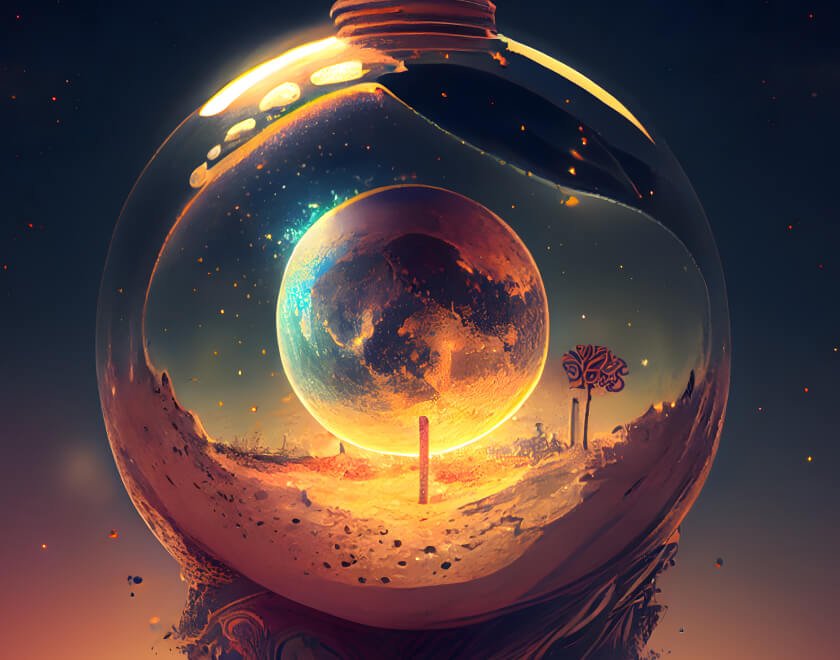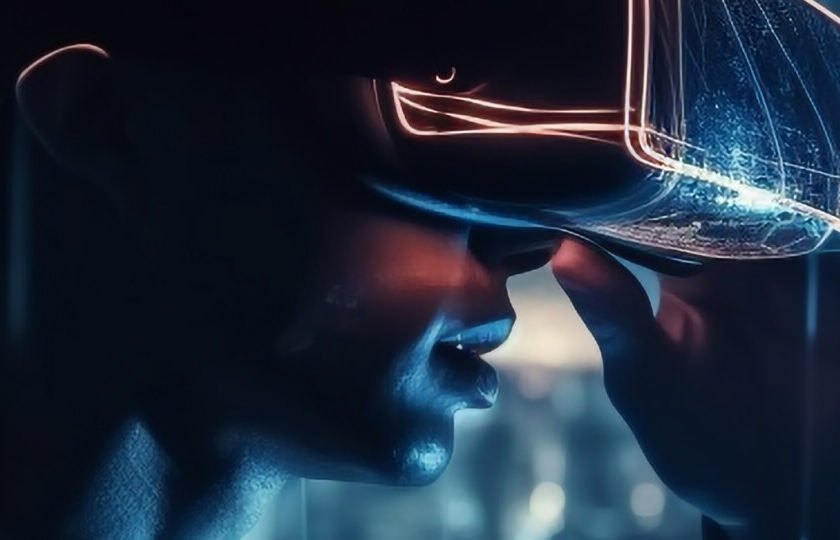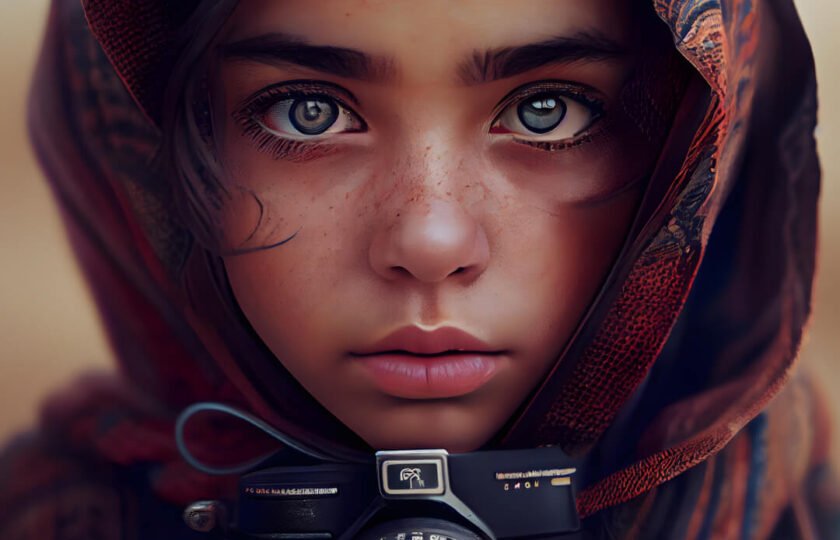In the realm of artificial intelligence, few advancements have captured the imagination quite like the evolution of AI in picture generation. From early experiments in pixel manipulation to the creation of stunning, lifelike artworks, AI has revolutionized the way we perceive and create visual content. In this article, we’ll embark on a journey through the evolution of AI in picture generation, exploring key milestones, breakthroughs, and the transformative impact on art and technology.
The Early Days: Pixel Manipulation and Procedural Generation
The journey of AI in picture generation began modestly with early experiments in pixel manipulation and procedural generation. Researchers explored techniques such as neural networks and genetic algorithms to generate simple images, textures, and patterns. While rudimentary by today’s standards, these experiments laid the foundation for more sophisticated AI-driven approaches to visual content creation.
Deep Learning and Convolutional Neural Networks (CNNs)
The advent of deep learning and convolutional neural networks (CNNs) marked a turning point in the evolution of AI in picture generation. CNNs excel at learning hierarchical representations of visual data, making them ideal for tasks such as image recognition, classification, and generation.
Researchers began training CNNs on large datasets of images, teaching them to understand the visual world and generate new images from scratch. Early experiments produced intriguing results, from dreamlike landscapes to bizarre, abstract compositions. As CNNs grew more complex and powerful, their ability to generate realistic, high-resolution images improved dramatically, paving the way for a new era of AI-generated art.
Generative Adversarial Networks (GANs): A Game-Changer in AI Art
Enter generative adversarial networks (GANs), a groundbreaking AI architecture that revolutionized picture generation and redefined the boundaries of creativity. Conceived by Ian Goodfellow and his colleagues in 2014, GANs consist of two neural networks – a generator and a discriminator – locked in a perpetual game of cat and mouse.
The generator creates synthetic images, while the discriminator evaluates their authenticity, providing feedback to the generator to improve its output. Through this adversarial process, GANs learn to generate increasingly realistic images indistinguishable from those created by humans.
GANs have unleashed a wave of creativity in the AI art community, enabling artists and researchers to explore new frontiers of expression and imagination. From photorealistic portraits to surreal landscapes, GAN-generated artworks blur the line between human and machine creativity, challenging our perceptions and expanding the possibilities of digital art.
Beyond Imitation: AI as Co-Creator and Collaborator
While GANs excel at imitation, researchers are pushing the boundaries of AI in picture generation by exploring its potential as a co-creator and collaborator. By combining human creativity with AI algorithms, artists can leverage the strengths of both to produce groundbreaking artworks that transcend individual capabilities.
Projects like DeepDream, which transforms images into hallucinatory, dreamlike compositions, exemplify the symbiotic relationship between human intuition and AI-powered exploration. Similarly, collaborative AI art installations invite audience participation, blurring the distinction between creator and spectator and fostering new forms of artistic expression and engagement.
The Future of AI in Picture Generation: Exploring New Horizons
As AI continues to evolve and mature, the future of picture generation holds endless possibilities. From enhancing creativity and democratizing art to advancing scientific research and visual storytelling, AI-driven picture generation promises to reshape our perception of the visual world and inspire new generations of artists, technologists, and dreamers.
In conclusion, the evolution of AI in picture generation is a testament to the transformative power of technology to push the boundaries of creativity and redefine the relationship between humans and machines. As AI-driven artworks continue to captivate and inspire, we embark on an exciting journey into uncharted territory, where imagination knows no bounds, and the canvas of the future awaits.




